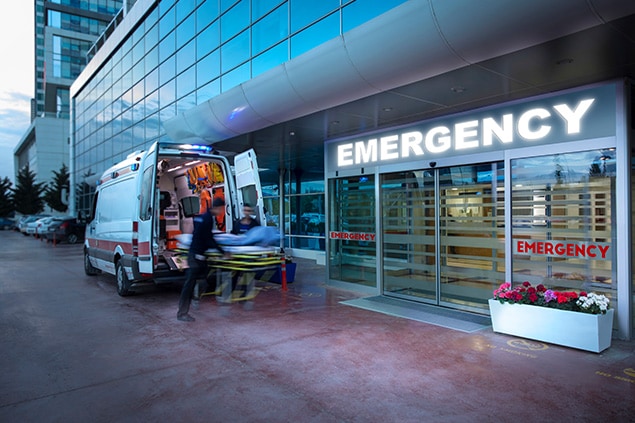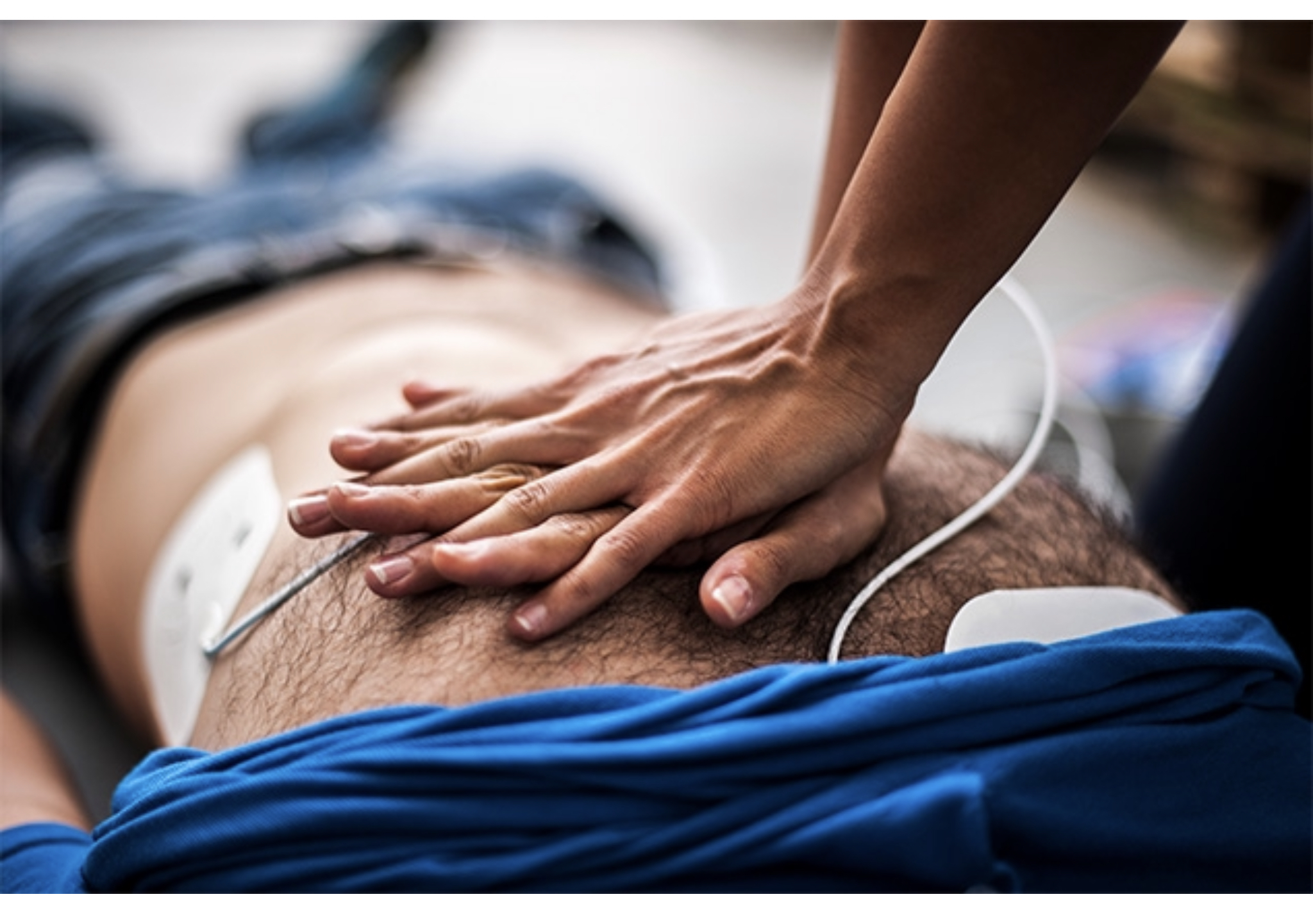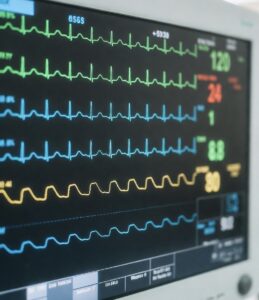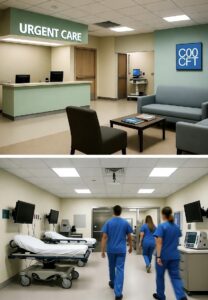People who have cardiac arrests may benefit from CPR, yet many people who witness cardiac arrest do not perform CPR. Learn about CPR so you can be prepared.
Cardiac arrest is not the same as a heart attack. Someone whose heart has stopped beating is in cardiac arrest and needs CPR.
What is CPR, and when should I use it?
Cardiopulmonary resuscitation (CPR) is an emergency procedure that can help save a person’s life if their breathing or heart stops.
When a person’s heart stops beating, they are in cardiac arrest. During cardiac arrest, the heart cannot pump blood to the rest of the body, including the brain and lungs. Death can happen in minutes without treatment.1 CPR uses chest compressions to mimic how the heart pumps. These compressions help keep blood flowing throughout the body.
Cardiac arrest is not the same as a heart attack. A heart attack happens when blood flow to the heart is blocked. A person having a heart attack is still talking and breathing. This person does not need CPR—but they do need to get to the hospital right away. Heart attack increases the risk for going into cardiac arrest.1
Learn some surprising facts about CPR, cardiac arrest, and how you can be prepared to help save a life.
1. CPR Saves Lives.
Currently, about 9 in 10 people who have cardiac arrest outside the hospital die.2 But CPR can help improve those odds. If it is performed in the first few minutes of cardiac arrest, CPR can double or triple a person’s chance of survival.2
Certain people, including people in low-income, Black, and Hispanic neighborhoods, are less likely to receive CPR from bystanders than people in high-income white neighborhoods.3
Women may also be less likely to receive CPR if they experience cardiac arrest in a public place.4

How can I tell whether someone is in cardiac arrest?5
- The person is unresponsive, even if you shake or shout at them.
- The person isn’t breathing or is only gasping.
If you see someone in cardiac arrest, call 9-1-1 right away and then start CPR. Keep doing CPR until medical professionals arrive.
2. Cardiac Arrests Often Happen at Home.
About 350,000 cardiac arrests happen outside of hospitals each year—and about 7 in 10 of those happen at home.3 Unfortunately, about half of the people who experience cardiac arrests at home don’t get the help they need from bystanders before an ambulance arrives.4
If you see cardiac arrest happen (see sidebar), call 9-1-1 right away and then do CPR until medical professionals arrive. Keep reading to learn how to perform CPR.
3. You Don’t Need Formal Training to Perform CPR.
You don’t need a special certification or formal training to perform CPR, but you do need education. If cardiac arrest happens to someone near you, don’t be afraid—just be prepared! Follow these steps if you see someone in cardiac arrest:
- Call 9-1-1 right away. If another bystander is nearby, save time by asking that person to call 9-1-1 and look for an automated external defibrillator (AED) while you begin CPR. AEDs are portable machines that can electrically shock the heart and cause it to start beating again.
- Give CPR. Push down hard and fast in the center of the chest at a rate of 100 to 120 pushes a minute. Let the chest come back up to its normal position after each push. The American Heart Association (AHA) recommends timing your pushes to the beat of the song “Stayin’ Alive.” This method of CPR is called “hands-only” and does not involve breathing into the person’s mouth.
- Continue giving CPR until medical professionals arrive or until a person with formal CPR training can take over.
Learn more about the hands-only method of CPR from AHA.
If you want to gain confidence in performing CPR, consider taking a class or attending a training. Find training or a course near you.
More Information
CDC
National Heart, Lung, and Blood Institute
American Heart Association
Last Reviewed: October 22, 2021
References
- American Heart Association (AHA). Heart Attack and Sudden Cardiac Arrest Differences. Accessed May 11, 2018.
- AHA. CPR Facts & Stats. Accessed October 22, 2021.
- American Heart Association News. Who gets CPR from bystanders? Depends if it’s a man or woman. Accessed May 11, 2018.
- Benjamin EJ, Virani SS, Callaway CW, Chamberlain AM, Chang AR, Cheng S, et al. Heart disease and stroke statistics—2018 update: a report from the American Heart Association. Circulation. 2018;137(12):e67–492.
- AHA. Emergency Treatment of Cardiac Arrest. Accessed August 17, 2020.
Original Article – https://www.cdc.gov/heartdisease/cpr.htm





